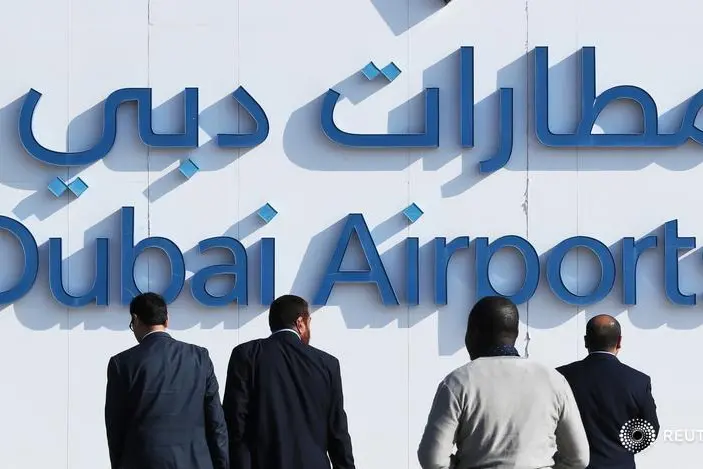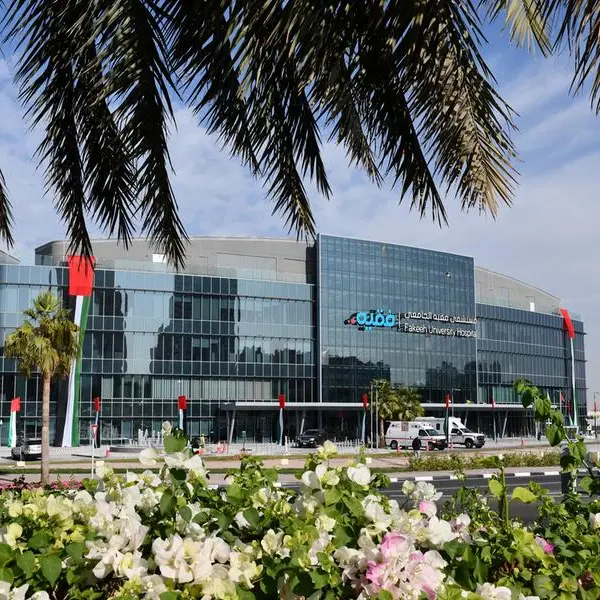PHOTO
Passenger traffic across airports in the UAE and the rest of the Middle East will be “severely” impacted in the first part of 2020 by the increasing number of flight cancellations and travel restrictions amid the coronavirus outbreak, according to the latest analysis.
The Airports Council International (ACI) said on Thursday that aviation hubs in the region, as well as those in the Asia Pacific, are currently “facing tremendous pressure” as air connectivity has been reduced.
“A severe drop in passenger traffic is expected as many countries have imposed travel bans and direct flight cancellations in response to the outbreak,” ACI said.
Carriers in the UAE have ceased flights to and from China, as well as Iran and Bahrain over the virus scare. So far, the country has confirmed 13 cases, while the neighbouring countries of Iran and Bahrain are seeing a spike in infections.
Bahrain’s national carrier, Gulf Air said on Wednesday that it is extending its suspension of flights to and from Dubai International, the world’s busiest airport, for another 48 hours.
The UAE’s Ministry of Foreign Affairs and International Cooperation has also issued a travel ban to Iran and Thailand. The UAE Embassy in Rome on Wednesday issued an advisory urging all Emiratis to postpone their trips to Italy, where the number of coronavirus cases has soared in recent days.
According to the latest estimates by the International Civil Aviation Organisation (ICAO), more than 130 airlines have cut flight frequencies or cancelled all operations to/ from mainland China since January 2020.
“The impact of the travel bans and restrictions in response to the outbreak is having a drastic impact on scheduled capacity. It is concerning that China, which contributed close to 60 percent of the 2019 traffic increase, will no longer be able to fuel growth in this part of 2020,” said Stefano Baronci, director general of ACI Asia Pacific.
“Airport revenue generation and growth are directly linked to traffic levels. We can, therefore, expect declines of significant proportion for airport in affected markets in the first quarter. However, the ripple effects will be felt across many airports beyond our region.”
Sources in the travel and hospitality in the UAE had earlier told Zawya that they have already been impacted by the decreasing number of visitor arrivals from China, one of the biggest sources of tourist traffic for the UAE.
“We have noticed a noticeable decline in tourists from China due to this situation… and many clients have also deferred their trips to the [Asia-Pacific] region, including Singapore, Thailand and Hong Kong,” Premjit Bangara, general manager for travel at Sharaf Travel Services, told Zawya.
In 2019, airports in the Middle East registered a 3.3 percent increase in passenger traffic, while those in the Asia Pacific posted a 3 percent growth. “Both Asia Pacific and the Middle East have experienced significant growth over the past five years,” said Baronci.
He said that given the “severe difficulty” seen in the first two months of the year, the aviation sector will now need to rethink its connectivity from its heavy reliance on the Chinese outbound market.
ACI has consistently ranked Dubai International as the world’s busiest airport for international travel. A total of 86.4 million travellers passed through the airport during 2019, down for the first time by 3.1 percent compared to the previous year.
(Reporting by Cleofe Maceda; Editing by Mily Chakrabarty)
#TRAVEL #AVIATION #TOURISM #UAE #MIDDLEEAST #CORONAVIRUS #HEALTHCARE #CHINA #BAHRAIN #IRAN
Disclaimer: This article is provided for informational purposes only. The content does not provide tax, legal or investment advice or opinion regarding the suitability, value or profitability of any particular security, portfolio or investment strategy. Read our full disclaimer policy here.
© ZAWYA 2020











